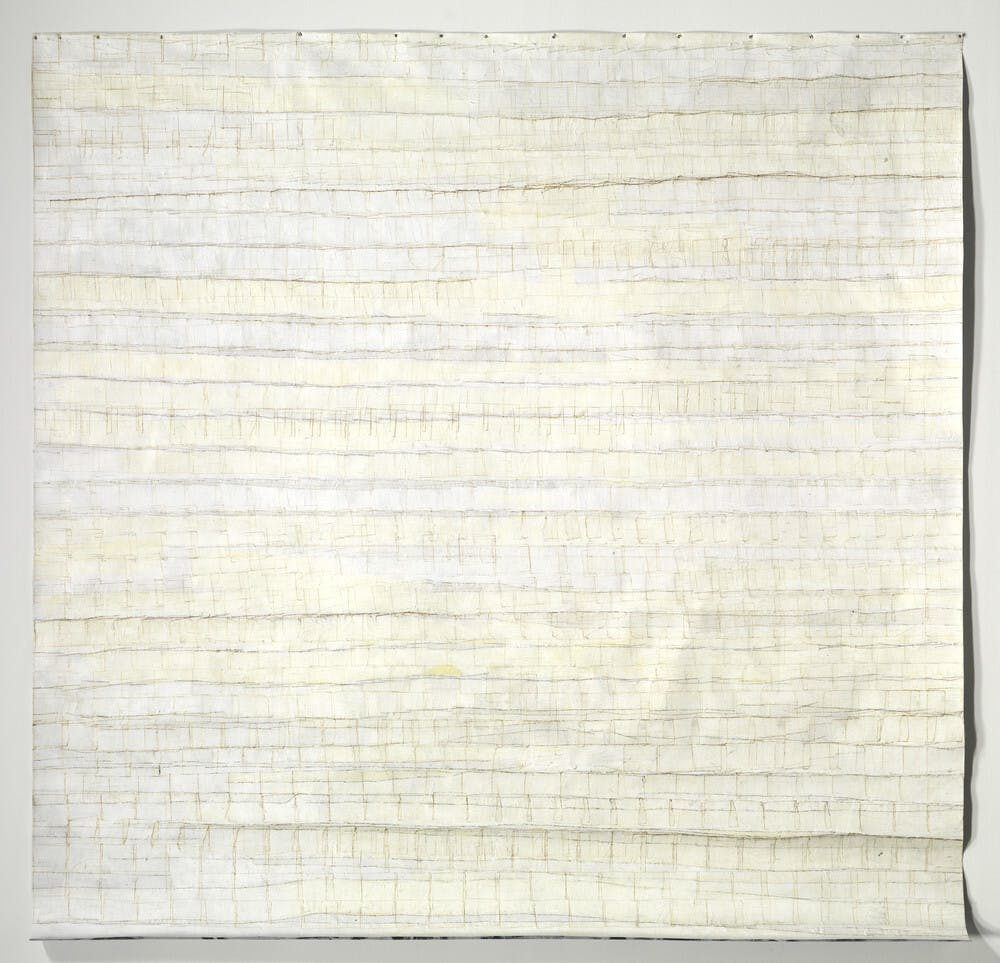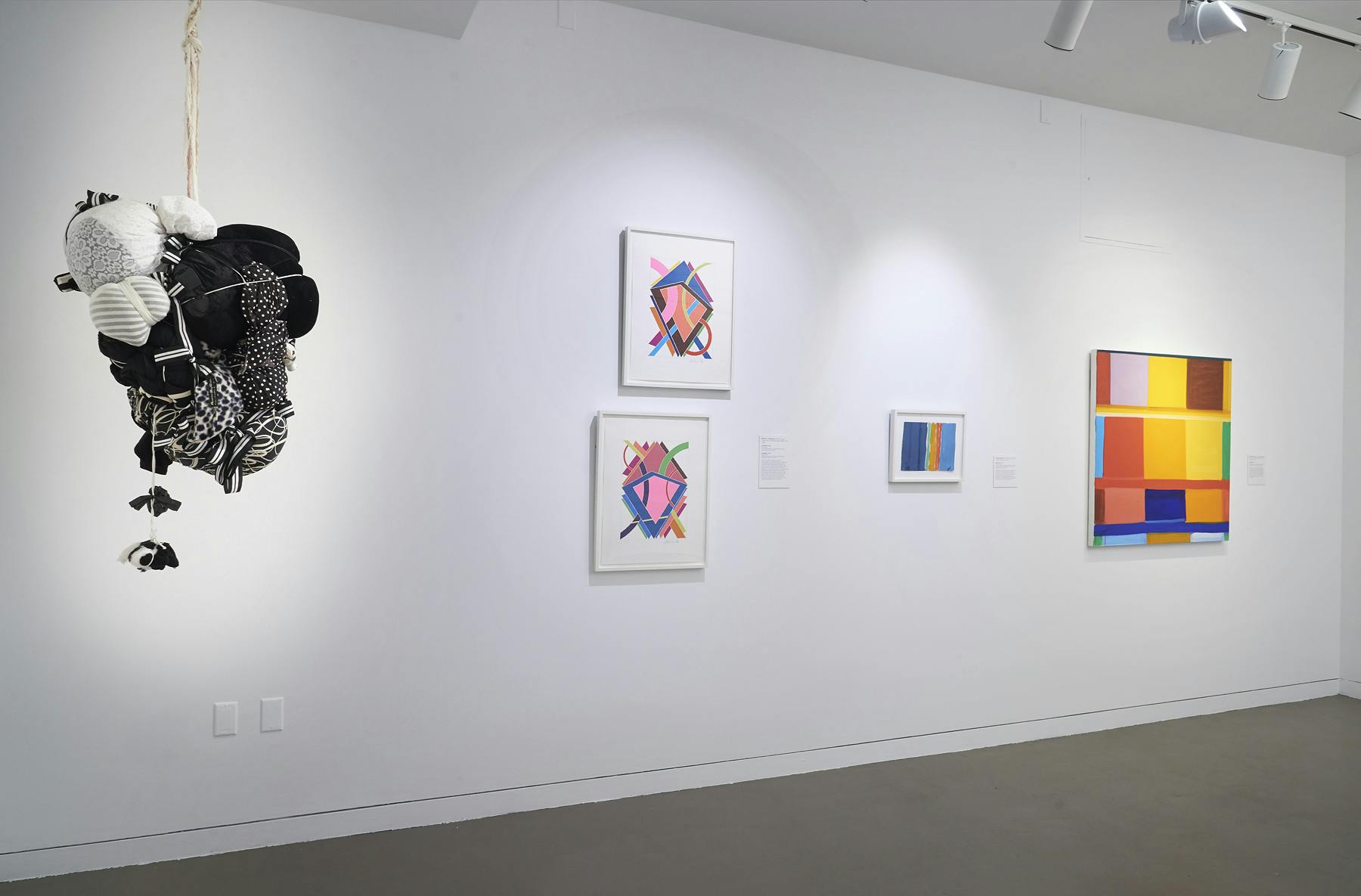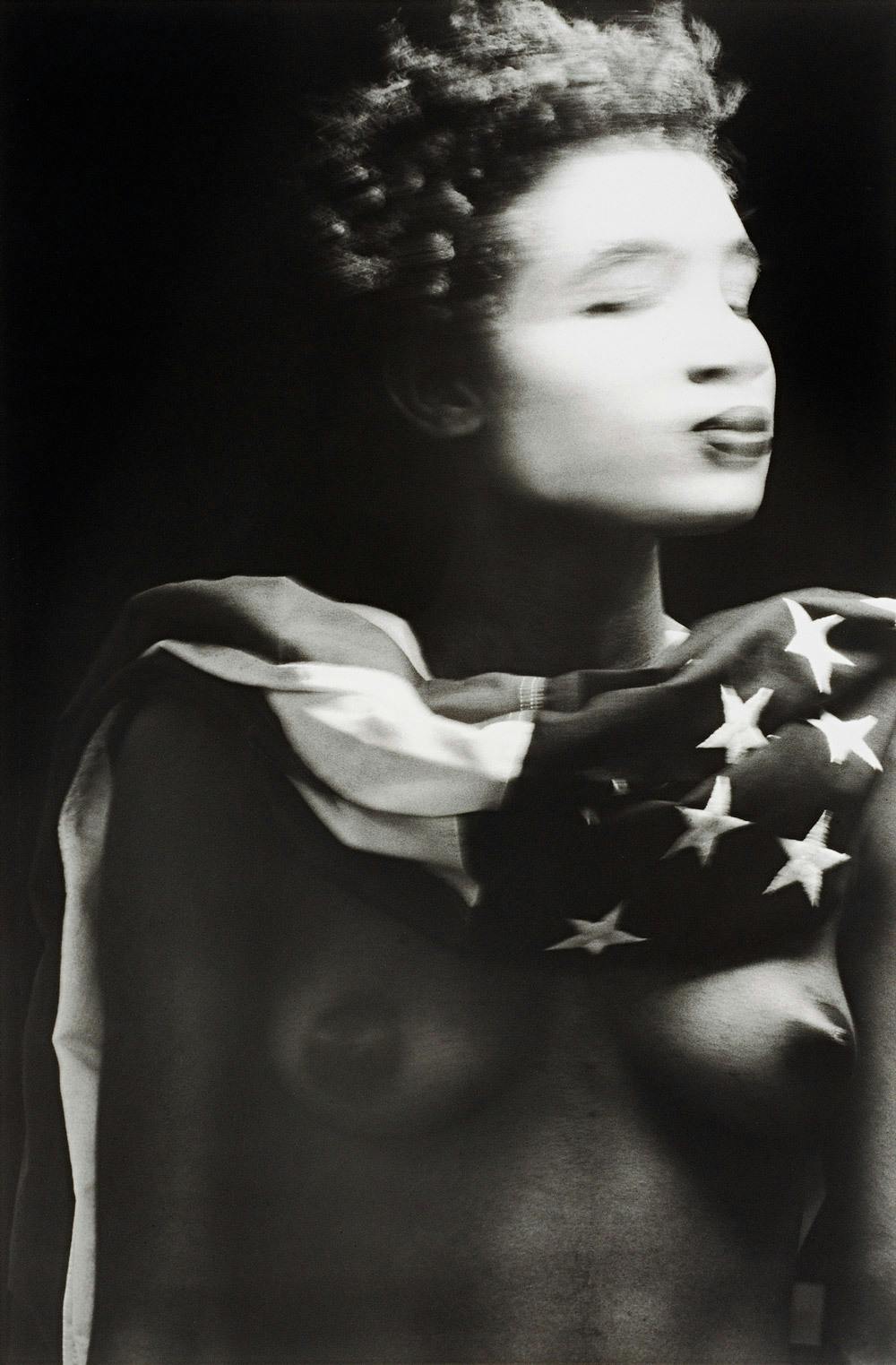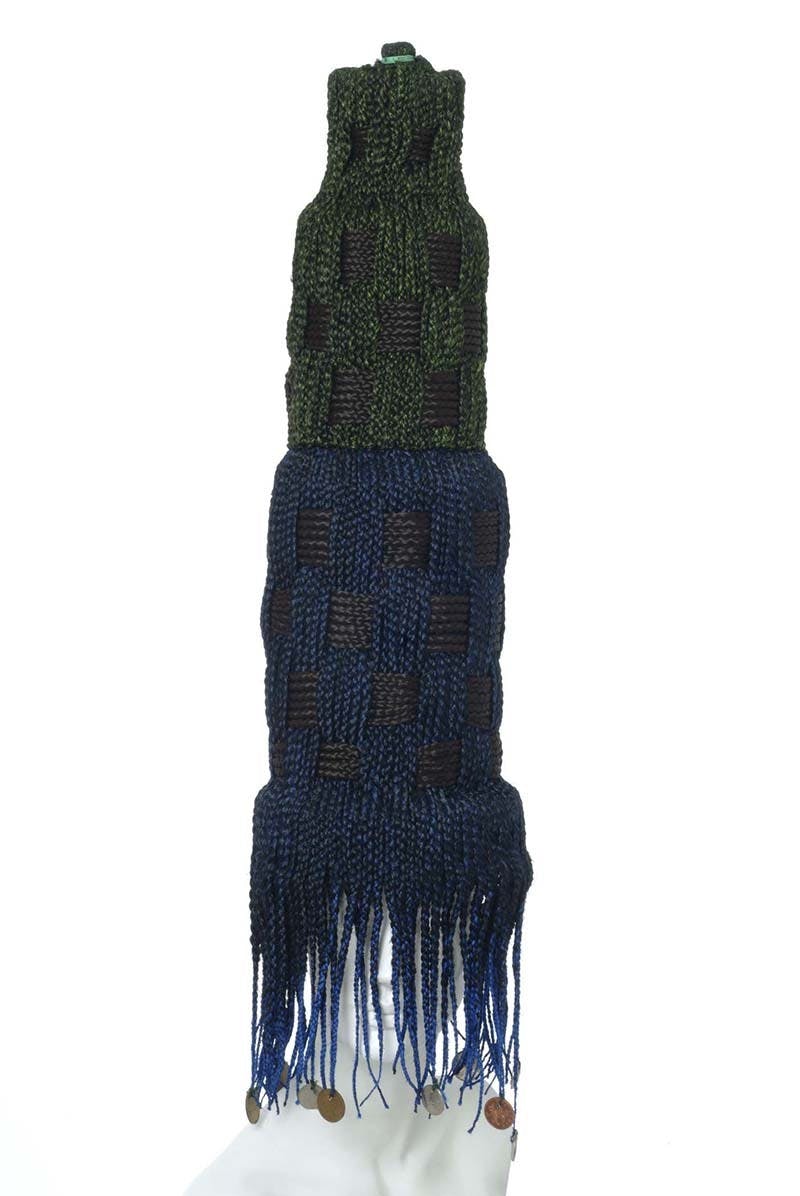Mark Bradford
(b. 1961)A self-described “social abstractionist,” Mark Bradford creates layered, nonrepresentational works that emphasize and renew the meanings of his tools and media.
Biography
An abstract artist working with everyday materials, Mark Bradford engages with histories of race, land, sociality, and migration.
As a child, he spent time in his mother’s beauty shop. Despite his tall height and pressure to play basketball, he never found the sport appealing; he instead preferred to work as an apprentice alongside his mother. His adolescence in Los Angeles took place amid the backdrop of the AIDS and crack cocaine epidemics, and the latter’s accompanying rise of violence. Looking for alternative modes of living and survival, Bradford fled to Europe. In his late twenties, after returning to California, he received his BFA and MFA at CalArts, where he was taught and mentored by Conceptual artist Charles Gaines. All the while, he continued to work at the beauty shop. During his schooling, he found himself drawn to abstract expressionism and yet was unsettled by its insistence on the specifity of painting.
In his works, Bradford excavates the personal, social, economic, and political circumstances in which identity develops. His process is laborious, as he layers items such as endpapers, billboards, album covers, and shredded paper. Using everyday hardware tools, he then sands, scraps, tears, and manipulates the surfaces. Throughout his practice, Bradford argues that despite his abstract compositions, his materials can never be fully detached from the real-world contexts from which they derive: “Race, gender and class will always cling to the material.”1 His use of the grid rejects the history of the modernist grid and instead alludes to maps, but those pushed toward illegibility and instability. His works feature wide-ranging references, from events such as the Great Migration and Tulsa Race Massacre, to historical artworks such as late-fifteenth-century Northern European unicorn tapestries.
Bradford earned a BFA and MFA from the California Institute of the Arts (CalArts) in Valencia. He is the cofounder of Art + Practice, a foundation in Leimert Park that offers opportunities for engagement with the arts to local residents. He received a MacArthur Fellowship (2009); David C. Driskell Prize, High Museum of Art (2016); and Gordon Parks Foundation Award (2022). The Studio Museum has presented his work in exhibitions including Black Belt (2003); Mark Bradford: Alphabet (2010); and The Bearden Project (2011).
Exhibitions and Events
Mark Bradford
(b. 1961)A self-described “social abstractionist,” Mark Bradford creates layered, nonrepresentational works that emphasize and renew the meanings of his tools and media.
Untitled, 2009
Biography
An abstract artist working with everyday materials, Mark Bradford engages with histories of race, land, sociality, and migration.
As a child, he spent time in his mother’s beauty shop. Despite his tall height and pressure to play basketball, he never found the sport appealing; he instead preferred to work as an apprentice alongside his mother. His adolescence in Los Angeles took place amid the backdrop of the AIDS and crack cocaine epidemics, and the latter’s accompanying rise of violence. Looking for alternative modes of living and survival, Bradford fled to Europe. In his late twenties, after returning to California, he received his BFA and MFA at CalArts, where he was taught and mentored by Conceptual artist Charles Gaines. All the while, he continued to work at the beauty shop. During his schooling, he found himself drawn to abstract expressionism and yet was unsettled by its insistence on the specifity of painting.
In his works, Bradford excavates the personal, social, economic, and political circumstances in which identity develops. His process is laborious, as he layers items such as endpapers, billboards, album covers, and shredded paper. Using everyday hardware tools, he then sands, scraps, tears, and manipulates the surfaces. Throughout his practice, Bradford argues that despite his abstract compositions, his materials can never be fully detached from the real-world contexts from which they derive: “Race, gender and class will always cling to the material.”1 His use of the grid rejects the history of the modernist grid and instead alludes to maps, but those pushed toward illegibility and instability. His works feature wide-ranging references, from events such as the Great Migration and Tulsa Race Massacre, to historical artworks such as late-fifteenth-century Northern European unicorn tapestries.
Bradford earned a BFA and MFA from the California Institute of the Arts (CalArts) in Valencia. He is the cofounder of Art + Practice, a foundation in Leimert Park that offers opportunities for engagement with the arts to local residents. He received a MacArthur Fellowship (2009); David C. Driskell Prize, High Museum of Art (2016); and Gordon Parks Foundation Award (2022). The Studio Museum has presented his work in exhibitions including Black Belt (2003); Mark Bradford: Alphabet (2010); and The Bearden Project (2011).






